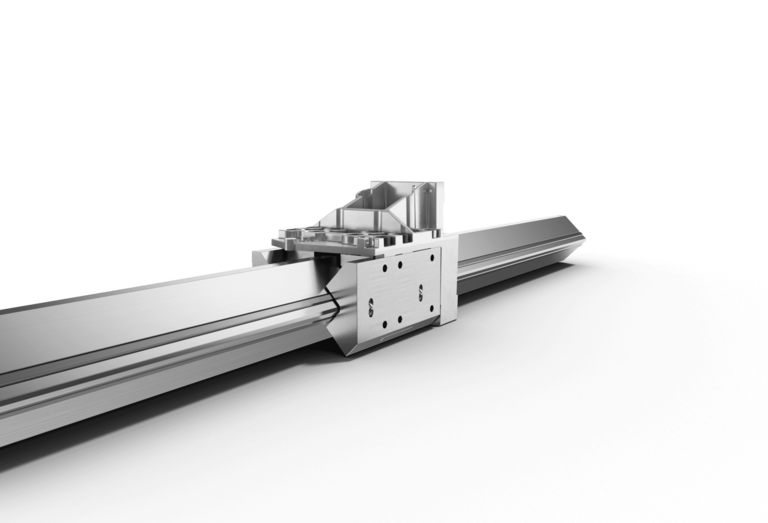A carriage is an essential component of linear systems, which are widely used in industry and technology. Linear systems enable precise and low-friction movement of machine components along a straight line. These systems usually consist of a guide rail and a carriage that moves along this rail. The carriage often contains roller bearings or ball bearings that ensure even load distribution and low friction.
A common term used in connection with carriages is “cassette”. Analogous to the carriage, the cassette refers to a modular unit that can also be moved along a guide rail. The use of cassettes makes it possible to adapt linear systems flexibly and quickly to different requirements. Cassettes can be easily exchanged or adapted to different machines and applications, making it easier to maintain and modify the systems.
Carriages and cassettes play a central role in applications that require high precision and reliability. These include machine tools, assembly systems and various automation processes in the manufacturing industry. By using high-quality materials and advanced technologies, these components help to increase the efficiency and service life of linear systems.
To summarize, carriages and cassettes are indispensable elements of modern linear systems. Their robust design and ability to move high loads with minimal friction make them an ideal solution for numerous industrial applications. The term “cassette” is often used synonymously with carriage, which underlines the modularity and flexibility of these systems.
